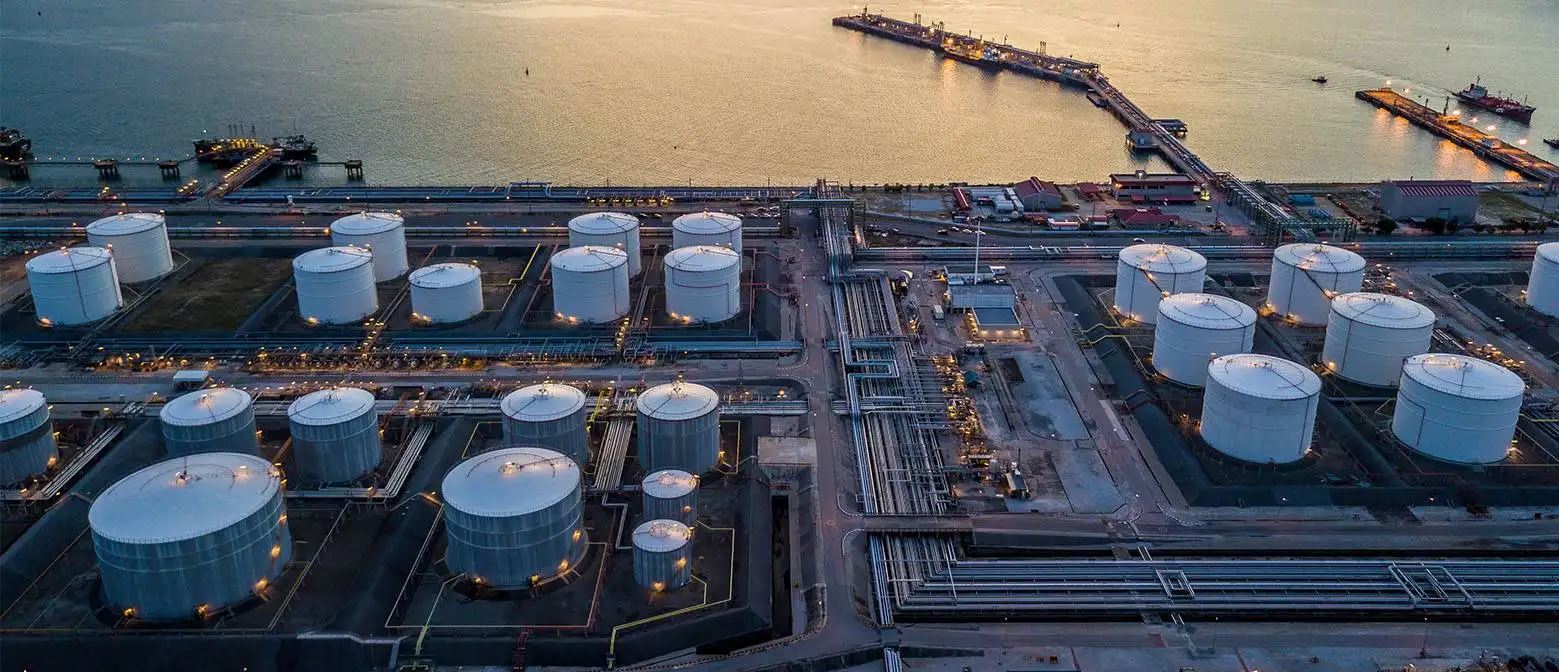
DG Site Inspections
To undertake a 5-yearly compliance assessment of an existing site or depot, DEMIRS first require an accredited DG consultant to perform a site visit to inspect each of the DG storage and handling facilities. Below are some examples of common non-conformances associated with various DG storage and handling systems that site owners should be aware of.
Self-Bunded Fuel Tanks
Flexible Piping
AS1940-2017 states that tanks used to store flammable and combustible liquids should not utilise flexible piping, except at transfer points (i.e. tank filling and dispensing hose). Tank suppliers will often use flexible piping within the pumping modules or to connect multiple tanks to accommodate for slight movements and/or vibrations. Client’s must understand that the use of flexible piping is a deviation from AS1940-2017 and shall either be accompanied by a documented Unusual Hazard Assessment or removed and replaced with rigid steel piping.
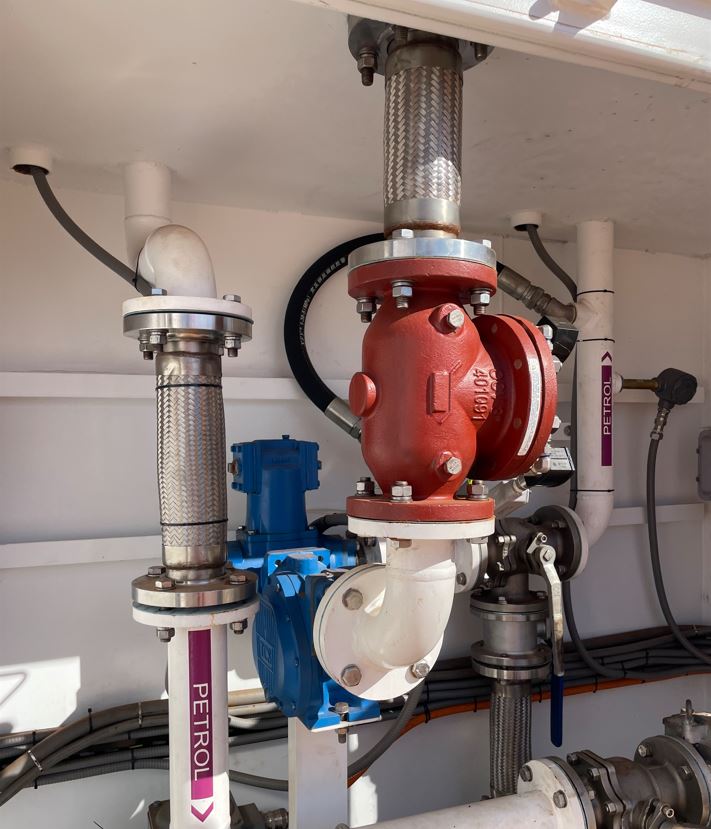
High Level Alarms
Most self-bunded tanks are fitted with audible high level alarms to alert the fill attendant to stop filling. These alarms are typically battery operated, and therefore, need to be tested to ensure that they’re operational before each tank fill. This is easily achieved by pressing the “test” button on the right hand side of the alarm.
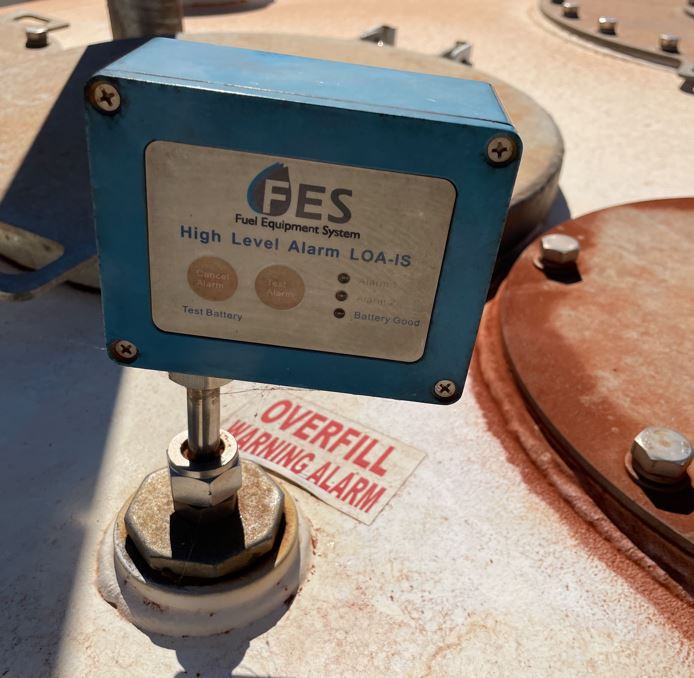
Anti-Siphon Valves
All self bunded tanks must have an anti-siphon valve installed on the fill pipe. Whilst these valves are usually reliable, they can still fail and require regular inspection by the site owner. The rubber seal on the anti-siphon valve pictured here is damaged, meaning that the tank is able to siphon its contents out of a leaking fill pipe.
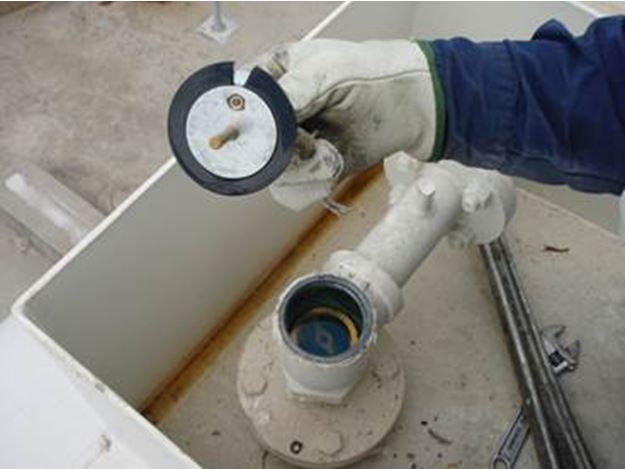
Inspection and Maintenance
Pipes, seals and mechanical components can fail from time to time, particularly in WA’s harsh remote environments. Regular inspections and maintenance are critical for ensuring that any corrosion or leaks are discovered and addressed as early as possible, thereby minimising ongoing risks to people, property and the environment.
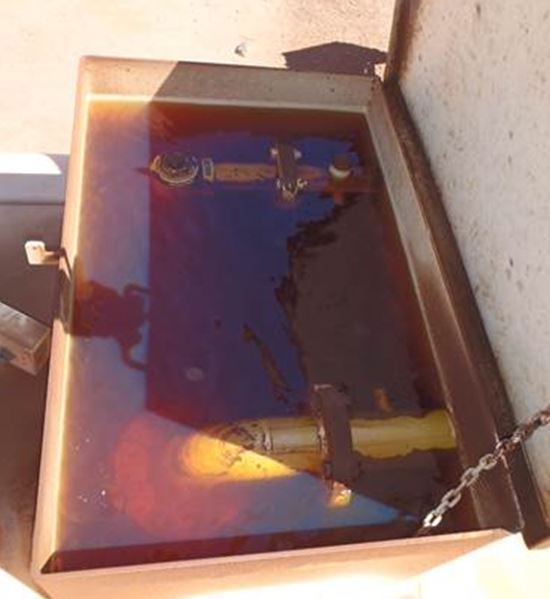
Corrosive Liquids Tanks
Inspection and Maintenance
Many sites utilise rotationally moulded HDPE tanks for storing corrosive liquids. These tanks can be subject to leaking within relatively short timeframes (i.e. within 5-7 years of commissioning) due to material degradation associated with the corrosive liquids being stored. The Australian Standard for the storage and handling of corrosive liquids (AS3780) was updated in 2023 to address failures within rotationally moulded HDPE tanks via new inspection, maintenance and risk assessment practices that shall be incorporated by the facility owner.
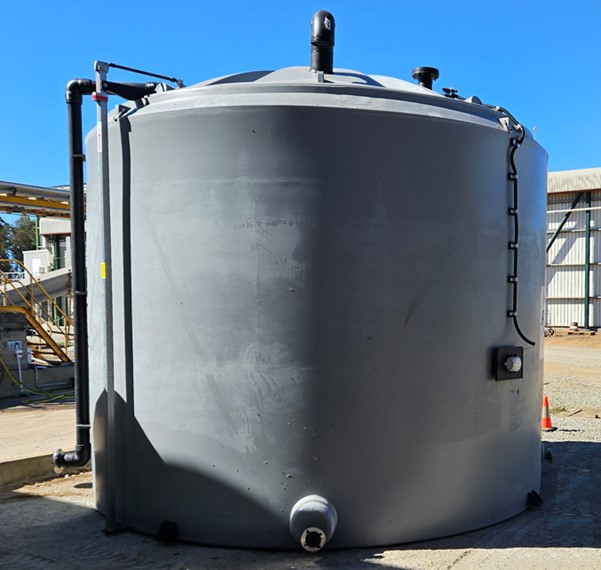

Contact Us
Phone: 0435 723 472
Email: steve@engtech.com.au
Location: Floreat, WA
